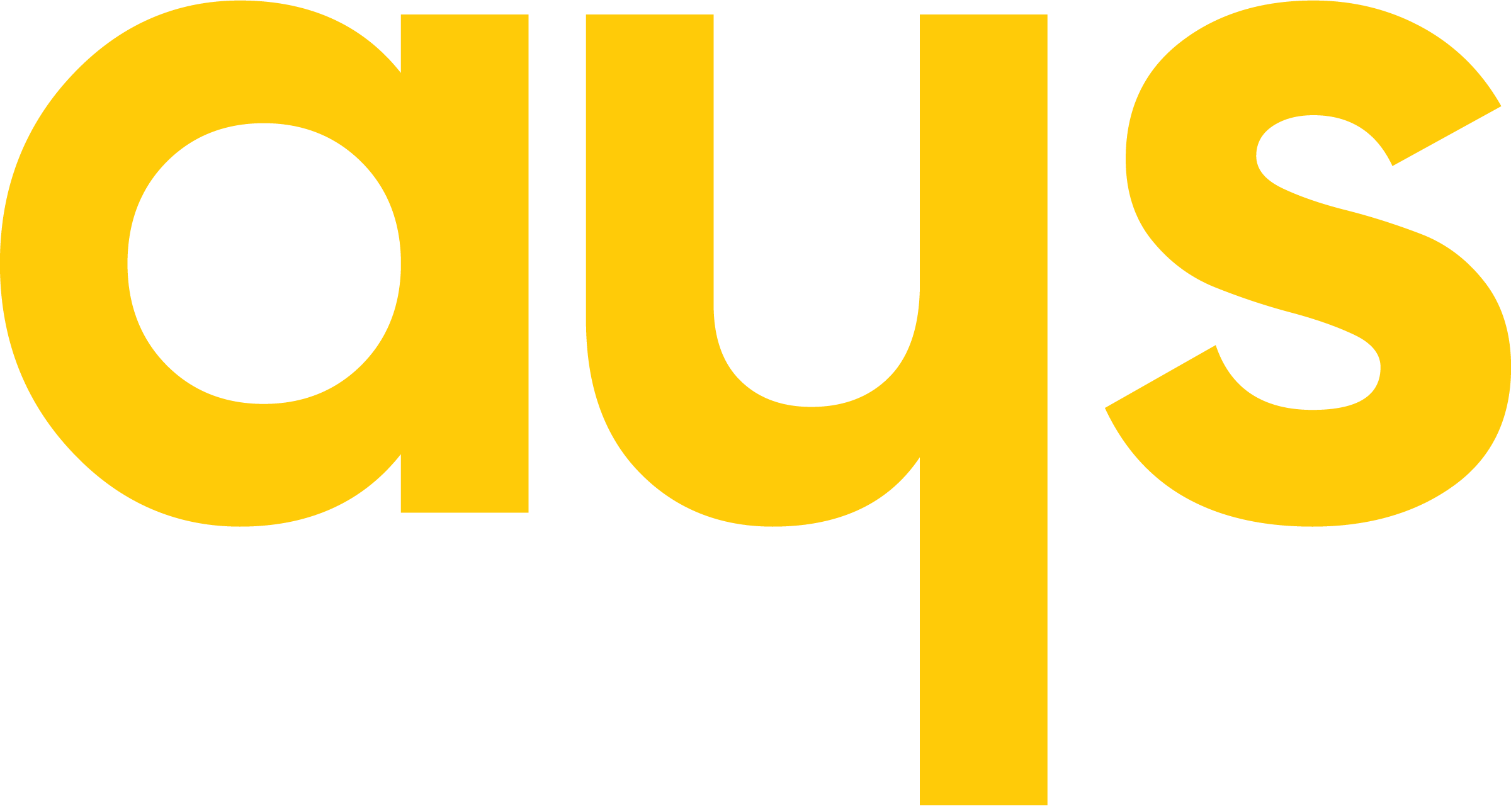In the fast-paced world of e-commerce, efficient order fulfillment is critical to customer satisfaction and business success. Whether you’re a small business or a growing enterprise, choosing the right fulfillment strategy can make or break your operations. The three most popular options are Fulfillment by Amazon (FBA), Fulfillment by Merchant (FBM), and Third-Party Logistics (3PL). Each method has its own advantages and challenges, and the best choice depends on your business size, budget, and goals.
In this blog, we’ll break down FBA, FBM, and 3PL to help you decide which fulfillment strategy is right for your e-commerce business.
1. Fulfillment by Amazon (FBA)
FBA is Amazon’s flagship fulfillment service, where Amazon handles storage, packing, shipping, and customer service for your products. It’s a popular choice for sellers on Amazon’s marketplace.
How FBA Works:
- You send your inventory to Amazon’s fulfillment centers.
- Amazon stores your products and manages inventory.
- When an order is placed, Amazon picks, packs, and ships the product.
- Amazon also handles returns and customer service.
Pros of FBA:
- Prime Eligibility: FBA products are eligible for Amazon Prime, which can boost sales.
- Hands-Off Approach: Amazon handles logistics, allowing you to focus on growing your business.
- Global Reach: FBA provides access to Amazon’s international fulfillment network.
Cons of FBA:
- High Fees: Storage, fulfillment, and referral fees can add up quickly.
- Less Control: You have limited control over packaging and branding.
- Inventory Risks: Long-term storage fees apply if products don’t sell quickly.
Best For: Sellers who want to leverage Amazon’s Prime audience and don’t mind the fees.
2. Fulfillment by Merchant (FBM)
With FBM, you handle all aspects of fulfillment, including storage, packing, shipping, and customer service. This method gives you full control over the process.
How FBM Works:
- You store inventory in your own warehouse or a rented space.
- When an order is placed, you pick, pack, and ship the product.
- You manage customer service and returns.
Pros of FBM:
- Cost-Effective: No Amazon fees, making it ideal for low-volume sellers.
- Full Control: You can customize packaging and branding.
- Flexibility: You can sell on multiple platforms, not just Amazon.
Cons of FBM:
- Time-Consuming: Managing fulfillment in-house requires significant time and resources.
- Limited Prime Eligibility: FBM products are not eligible for Amazon Prime.
- Scalability Challenges: Handling fulfillment becomes harder as your business grows.
Best For: Small businesses or sellers with unique packaging needs who want full control over fulfillment.
3. Third-Party Logistics (3PL)
3PL providers are external companies that handle fulfillment for your business. They offer services similar to FBA but are not tied to a specific platform like Amazon.
How 3PL Works:
- You send your inventory to the 3PL provider’s warehouse.
- The 3PL stores your products and manages inventory.
- When an order is placed, the 3PL picks, packs, and ships the product.
- Some 3PLs also handle returns and customer service.
Pros of 3PL:
- Scalability: 3PLs can handle high order volumes and seasonal spikes.
- Multi-Channel Support: They can fulfill orders from Amazon, eBay, Shopify, and other platforms.
- Customization: Many 3PLs offer tailored solutions, including branded packaging.
Cons of 3PL:
- Cost: Fees vary depending on the provider and services used.
- Less Control: You rely on the 3PL’s processes and systems.
- Integration Challenges: Setting up and integrating with a 3PL can be complex.
Best For: Growing businesses that need scalable, multi-channel fulfillment solutions.
Key Factors to Consider When Choosing a Fulfillment Strategy
- Business Size and Growth Stage
- Small businesses may prefer FBM for cost savings.
- Growing businesses may benefit from the scalability of 3PL.
- Established sellers on Amazon may find FBA most convenient.
- Budget
- FBA and 3PL involve higher fees but save time and resources.
- FBM is cost-effective but requires more effort.
- Control Over Branding
- FBM and 3PL allow for customized packaging and branding.
- FBA offers limited branding opportunities.
- Sales Channels
- FBA is ideal for Amazon sellers.
- 3PL supports multi-channel selling.
- FBM works for sellers on any platform.
- Customer Expectations
- FBA offers fast Prime shipping, which customers love.
- 3PL can provide competitive shipping times.
- FBM shipping times depend on your capabilities.
Final Thoughts
Choosing the right fulfillment strategy is a critical decision for your e-commerce business. FBA, FBM, and 3PL each have their own strengths and weaknesses, and the best choice depends on your specific needs and goals.
- FBA is perfect for Amazon sellers who want to leverage Prime and save time.
- FBM is ideal for small businesses or those who want full control over fulfillment.
- 3PL is the best option for growing businesses that need scalable, multi-channel solutions.
By evaluating your business size, budget, and customer expectations, you can select the fulfillment strategy that sets you up for success. Remember, the right fulfillment method not only improves efficiency but also enhances customer satisfaction and drives growth.





